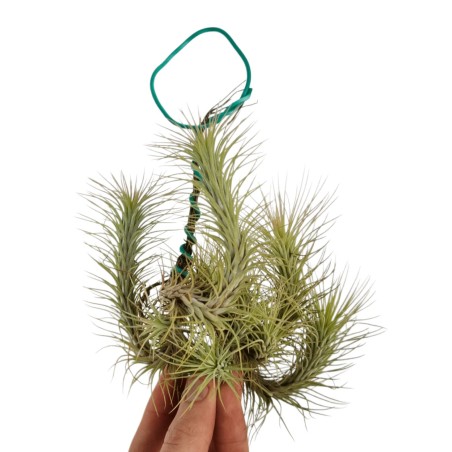Tillandsia is a plant of the Bromeliaceae family, they are an extremely vast genus of plants that includes epiphytic species, but also lithophytes and terrestrial ones; there are over 700 species which, in turn, branch out into 6 other subgenera of monocotyledonous angiosperm plants,
Tillandsias are herbaceous perennials and originate from the American continent and live well outdoors, especially if hung in the shade of a tree or tied to a piece of bark in a position protected from the sun during the hottest hours.
The support on which they are placed is irrelevant. It could be a stone, a dry branch, an object made of glass, resin, ceramic or any other material.
To take care of your tillandsias we recommend the healing spray which also acts as fertilizer!


